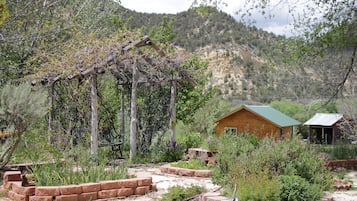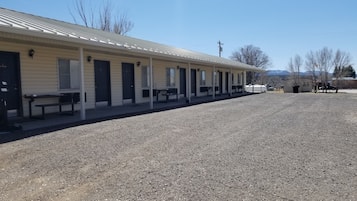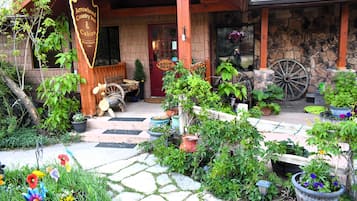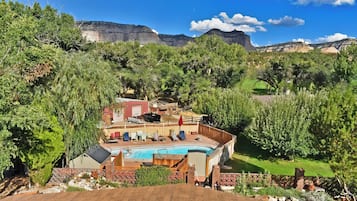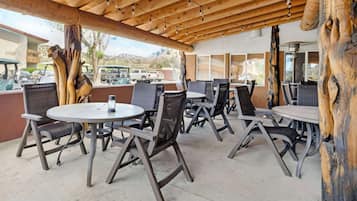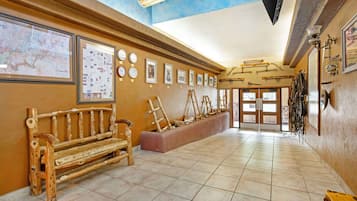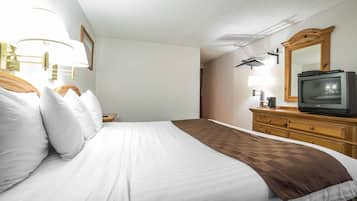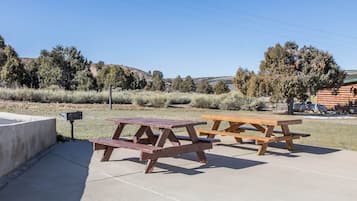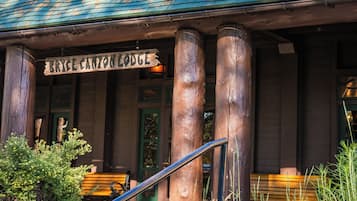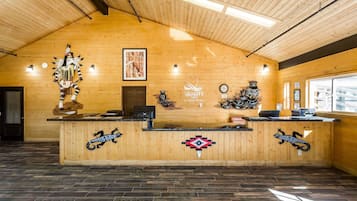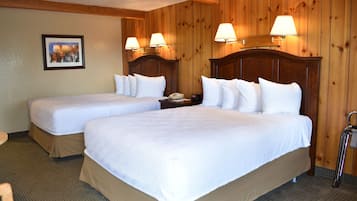Photo by Eric & Kristy's Adventures
Hotels in Alton
Free cancellation options if plans change
Earn rewards on every night you stay
Save more with Member Prices
Check prices for these dates
Where to stay in Alton?

Historic Smith Hotel B&B
Historic Smith Hotel B&B
9.2 out of 10, Wonderful, (486)
The price is CNY597
CNY681 total
includes taxes & fees
Nov 18 - Nov 19
Lowest nightly price found within the past 24 hours based on a 1 night stay for 2 adults. Prices and availability subject to change. Additional terms may apply.
Go beyond your typical stay in Alton
Cottage
Family friendly
Top landmarks in Alton
Learn more about Alton
Alton is well-known for its attractions such as Dixie National Forest and Alton Town Hall.
![Take Hwy 89 through the Dixie National Forest. Hot in summer. Beautiful area to explore.
Dixie National Forest is a United States National Forest in Utah with headquarters in Cedar City. It occupies almost two million acres (8,000 km²) and stretches for about 170 miles (270 km) across southern Utah. The largest national forest in Utah, it straddles the divide between the Great Basin and the Colorado River. In descending order of forestland area it is located in parts of Garfield, Washington, Iron, Kane, Wayne, and Piute counties. The majority (over 55%) of forest acreage lies in Garfield County. There are local ranger district offices in Cedar City, Escalante, Panguitch, St. George, and Teasdale.[3]
Elevations vary from 2,800 feet (850 m) above sea level near St. George, Utah to 11,322 feet (3,451 m) at Blue Bell Knoll on Boulder Mountain. The southern rim of the Great Basin, near the Colorado River, provides spectacular scenery. Colorado River canyons are made up of multi-colored cliffs and steep-walled gorges.
The Forest is divided into four geographic areas. High altitude forests in gently rolling hills characterize the Markagunt, Paunsaugunt, and Aquarius Plateaus. Boulder Mountain, one of the largest high-elevation plateaus in the United States, is dotted with hundreds of small lakes 10,000 to 11,000 feet (3,000 to 3,400 m) above sea level. The forest includes the Pine Valley Mountains north of St. George
The Forest has many climatic extremes. Precipitation ranges from 10 inches (250 mm) in the lower elevations to more than 40 inches (1,000 mm) per year near Brian Head Peak 11,307 feet (3,446 m). At the higher elevations, most of the annual precipitation falls as snow. Thunderstorms are common during July and August and produce heavy rains. In some areas, August is the wettest month of the year.
Temperature extremes can be impressive, with summer temperatures exceeding 100 degrees Fahrenheit (38 degrees Celsius) near St. George and winter lows exceeding -30 degrees Fahrenheit (-34 degrees Celsius) on the plateau tops.
The vegetation of the Forest grades from sparse, desert-type plants at the lower elevations to stand of low-growing pinyon pine and juniper dominating the mid-elevations. At the higher elevations, aspen and conifers such as pine, spruce, and fir predominate.
The Dixie Forest Reserve was established on September 25, 1905 by the General Land Office. The name was derived from the local description of the warm southern part of Utah as "Dixie".[4] In 1906 the U.S. Forest Service assumed responsibility for the lands, and on March 4, 1907 it became a National Forest. The western part of Sevier National Forest was added on July 1, 1922, and all of Powell National Forest on October 1, 1944.[5] #RoadTrip](https://images.trvl-media.com/place/553248623139890761/0fda4c56-7838-41e8-8b93-58002efa6942.jpg?impolicy=fcrop&w=900&h=696&p=1&q=high)
Photo by Eric & Kristy's Adventures
Open Photo by Eric & Kristy's Adventures
Check out reviews of Alton hotels guests love

Rodeway Inn Bryce Canyon
10/10 Excellent
Frequently asked questions
Keep exploring
- Landmarks
- Nearby cities
- Top cities in United States of America
- More Hotels
- Most popular destinations
- More ways to book
- Hotels near Bryce Canyon National Park Visitor Center
- Hotels near Panguitch Lake
- Hotels near Navajo Lake
- Hotels near Peek-A-Boo Gulch
- Hotels near Sunset Point
- Hotels near Rim Road Scenic Drive
- Hotels near Sunrise Point
- Hotels near Cascade Falls
- Hotels near Red Canyon
- Hotels near Bryce Point
- Hotels near Mossy Cave Trail
- Hotels near Inspiration Point
- Hotels near Elkheart Cliffs Slot Canyon Trailhead
- Hotels near Queens Garden Trail
- Hotels near Thor's Hammer
- Hotels near Bunkhouse at Cottonwood Meadow Lodge
- Hotels near Fairview Point
- Hotels near Swamp Canyon
- New York Hotels
- Las Vegas Hotels
- Orlando Hotels
- Chicago Hotels
- Los Angeles Hotels
- San Francisco Hotels
- Miami Hotels
- San Diego Hotels
- Houston Hotels
- Pigeon Forge Hotels
- Gatlinburg Hotels
- Nashville Hotels
- San Antonio Hotels
- Boston Hotels
- Atlanta Hotels
- Austin Hotels
- Key West Hotels
- New Orleans Hotels
- Honolulu Hotels
- Fort Lauderdale Hotels
- The Lodge at Duck Creek
- Arrowhead Country Cabins
- Mammoth Creek Apt. Between Bryce Canyon & Zion!
- Red Canyon Village
- Rustic Bryce Canyon Home w/ Deck on Sevier River!
- Luxe Cabin Retreat, Near Bryce & Zion Nat'l Parks!
- Sevier River Ranch & Cattle Company
- Zen Zion
- Gorgeous Alton Cabin w/ Deck + Mountain Views
- Historic Smith Hotel B&B
- Bridgeway House
- 'longview Lodge' w/ Furnished Deck & Fire Pit!
Most popular destinations
Hotels
- Hotels in Chattanooga
- Hotels in San Diego
- Hotels in Hite
- Hotels in Orem
- Hotels in Boulder
- Hotels in Montezuma Creek
- Hotels in York
- Hotels in Neptune City
- Hotels in Tropic
- Hotels in Evansville
- Beach Hotels in La Jolla
- Hotels in Burlington
- Hotels in Fort Atkinson
- Hotels in Santa Clara
- Hotels in Durango
- Hotels in Yorktown Heights
- Hotels in Cape Coral
- Hotels in Virginia Beach
- Hotels in Hayward
- Hotels in Hilton Head Island
- Hotels in Murphy
- Hotels in Lehi
- Hotels in Galveston
- Hotels in Hotchkiss
- Hotels in Rio Rico
- Hotels in Herriman
- Hotels in Williams
- Hotels in Honolulu
- Hotels in Bristol
- Hotels in Walnut Creek
![Take Hwy 89 through the Dixie National Forest. Hot in summer. Beautiful area to explore.
Dixie National Forest is a United States National Forest in Utah with headquarters in Cedar City. It occupies almost two million acres (8,000 km²) and stretches for about 170 miles (270 km) across southern Utah. The largest national forest in Utah, it straddles the divide between the Great Basin and the Colorado River. In descending order of forestland area it is located in parts of Garfield, Washington, Iron, Kane, Wayne, and Piute counties. The majority (over 55%) of forest acreage lies in Garfield County. There are local ranger district offices in Cedar City, Escalante, Panguitch, St. George, and Teasdale.[3]
Elevations vary from 2,800 feet (850 m) above sea level near St. George, Utah to 11,322 feet (3,451 m) at Blue Bell Knoll on Boulder Mountain. The southern rim of the Great Basin, near the Colorado River, provides spectacular scenery. Colorado River canyons are made up of multi-colored cliffs and steep-walled gorges.
The Forest is divided into four geographic areas. High altitude forests in gently rolling hills characterize the Markagunt, Paunsaugunt, and Aquarius Plateaus. Boulder Mountain, one of the largest high-elevation plateaus in the United States, is dotted with hundreds of small lakes 10,000 to 11,000 feet (3,000 to 3,400 m) above sea level. The forest includes the Pine Valley Mountains north of St. George
The Forest has many climatic extremes. Precipitation ranges from 10 inches (250 mm) in the lower elevations to more than 40 inches (1,000 mm) per year near Brian Head Peak 11,307 feet (3,446 m). At the higher elevations, most of the annual precipitation falls as snow. Thunderstorms are common during July and August and produce heavy rains. In some areas, August is the wettest month of the year.
Temperature extremes can be impressive, with summer temperatures exceeding 100 degrees Fahrenheit (38 degrees Celsius) near St. George and winter lows exceeding -30 degrees Fahrenheit (-34 degrees Celsius) on the plateau tops.
The vegetation of the Forest grades from sparse, desert-type plants at the lower elevations to stand of low-growing pinyon pine and juniper dominating the mid-elevations. At the higher elevations, aspen and conifers such as pine, spruce, and fir predominate.
The Dixie Forest Reserve was established on September 25, 1905 by the General Land Office. The name was derived from the local description of the warm southern part of Utah as "Dixie".[4] In 1906 the U.S. Forest Service assumed responsibility for the lands, and on March 4, 1907 it became a National Forest. The western part of Sevier National Forest was added on July 1, 1922, and all of Powell National Forest on October 1, 1944.[5] #RoadTrip](https://images.trvl-media.com/place/553248623139890761/0fda4c56-7838-41e8-8b93-58002efa6942.jpg?impolicy=resizecrop&rw=1920&ra=fit&ch=480)

